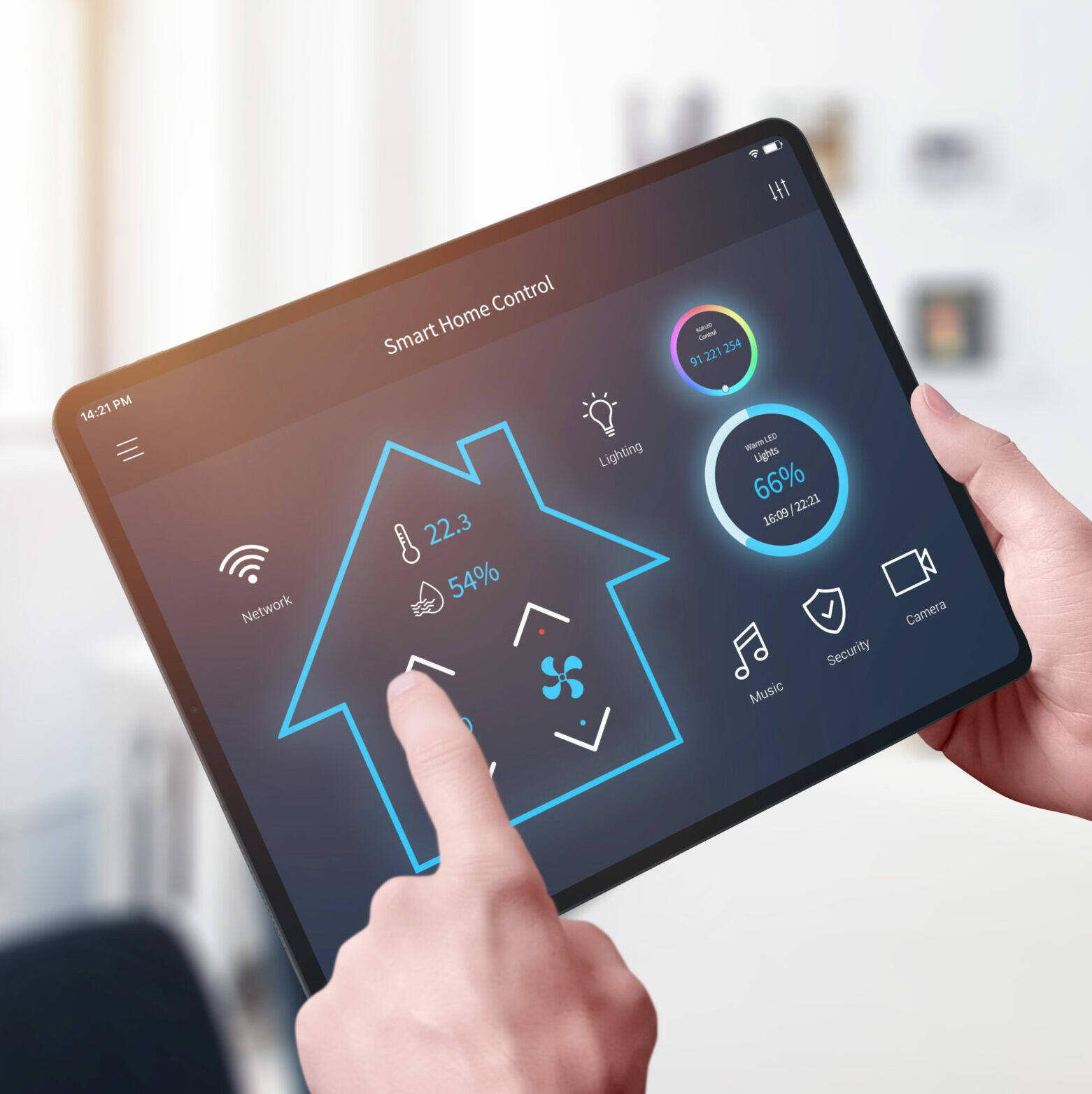In an era of growing environmental awareness and increasing energy costs, the U.S. government is incentivizing homeowners to make energy-efficient upgrades to their residences. Beginning in tax year 2023 there are two credits available to taxpayers: the Energy Efficient Home Improvement Credit (EEHIC) and the Residential Clean Energy Credit (RCE Credit). These valuable credits allow homeowners to contribute to a greener planet and enjoy substantial tax savings. Read more below for the details of the proposed regulations and to shed light on the benefits of energy-efficient home improvements.
Types of Energy Credits Available
There are two energy-related tax credits homeowners may qualify for when making qualifying improvements to their primary residence: the Energy Efficient Home Improvement Credit and the Residential Energy Clean Property Credit. The credits are claimed in the same year the qualifying improvements are made.
Energy Efficient Home Improvement Credit
The Energy Efficient Home Improvement Credit encompasses a wide array of eligible improvements; such as exterior doors, windows, insulation materials, central air conditioners, heat pumps, biomass stoves, boilers, and, notably, home energy audits. Most categories of improvements have annual maximum limits, with specific caps on doors, windows, and home energy audits. Depending on the improvement category, taxpayers may find their potential credit could be thousands of dollars.
The recently issued IRS Notice 2023-59, which specifically outlines the agency’s intention to propose regulations that detail the requirements for claiming the EEHIC for home energy audits. This move underscores the government’s commitment to promoting energy efficiency while allowing taxpayers to reduce their tax liability. The guidance provided in the notice presents specific prerequisites for claiming the credit, including a detailed home energy audit conducted by a Qualified Home Energy Auditor. The auditor’s certification through a Qualified Certification Program is also crucial to the eligibility process.
Under these upcoming regulations, taxpayers can claim a credit equal to 30% of the total expenses, up to a maximum of $150, incurred during the year for a home energy audit. Examples of other categories and their annual caps are $600 for windows and skylights and $250 for any single exterior door ($500 aggregate for all exterior doors). These proposed regulations apply to tax years ending after December 31, 2022. Until the regulations are finalized, taxpayers can rely on the guidelines outlined in sections 3 through 6 of the notice.
One remarkable feature of the EEHIC is its lack of a lifetime dollar limit. Homeowners can claim the maximum annual credit of $1,200 every year they undertake eligible improvements through tax years ending December 31, 2032. This window of time provides an excellent opportunity for those looking to stagger their energy-efficient projects over time, making larger endeavors more manageable. Taxpayers can find more information about the energy efficiency requirements and a list of qualified improvements on energy.gov.
It is important to note that the EEHIC is not refundable and cannot be carried over to subsequent tax years. Planning strategically for larger projects, such as window replacements, could result in significant annual savings.
Residential Clean Energy Credit
In addition to the EEHIC, taxpayers can benefit from the RCE Credit by investing in renewable energy improvements for their primary residences. Eligible improvements include solar, wind, and geothermal power generation, solar water heaters, fuel cells, and battery storage. The credit amount for these improvements is set at 30% of the total cost in the year of installation, with no annual maximum or lifetime limit for most categories. Homeowners can claim the RCE Credit for qualified improvements to a new or existing home in the United States.
Taking the Green Leap
As the IRS sets the stage for forthcoming regulations regarding energy-efficient home improvements, homeowners stand to gain significant advantages by leveraging available energy credits. By making informed decisions, taxpayers can contribute to a more sustainable future while enjoying substantial tax savings. Whether it’s upgrading windows, investing in renewable energy sources, or conducting a thorough home energy audit, the potential benefits are undeniable. Taxpayers are encouraged to read this Fact Sheet that the IRS created about these credits for more information. As we move forward into a more energy-conscious era, now is the time for homeowners to seize the opportunity and make the most of these valuable tax incentives.


